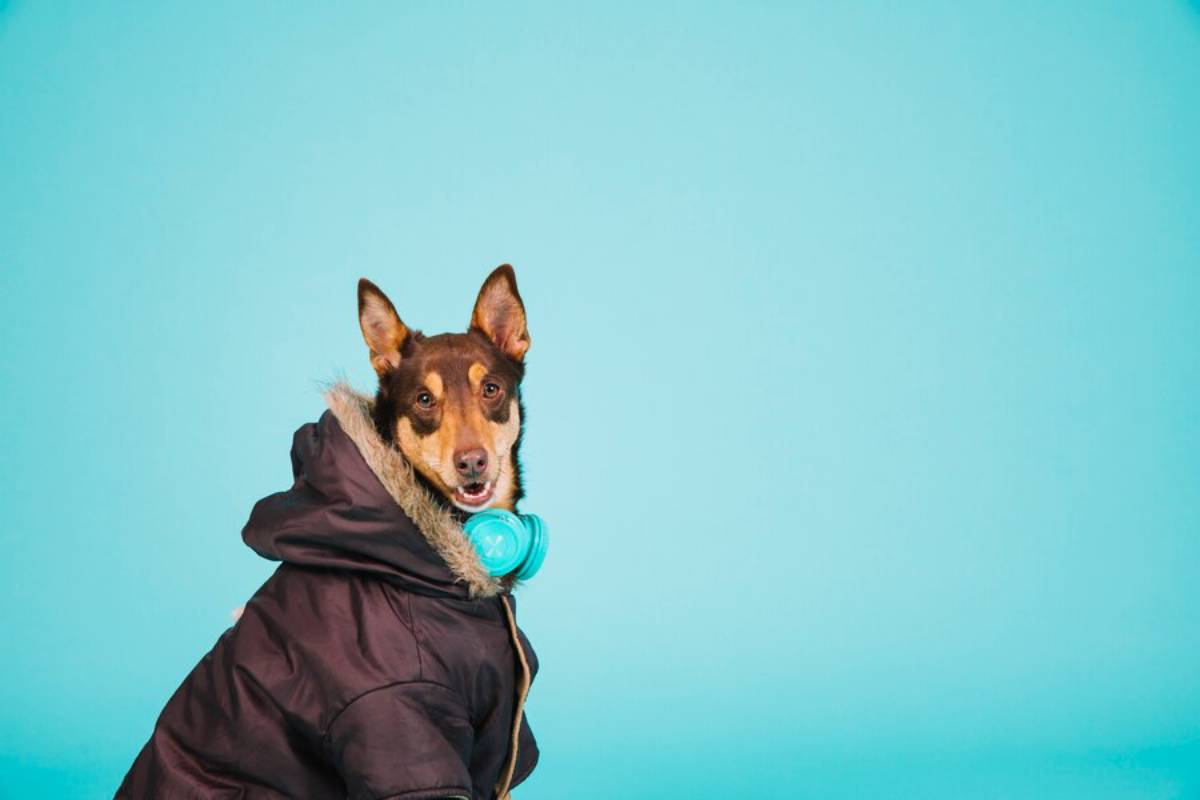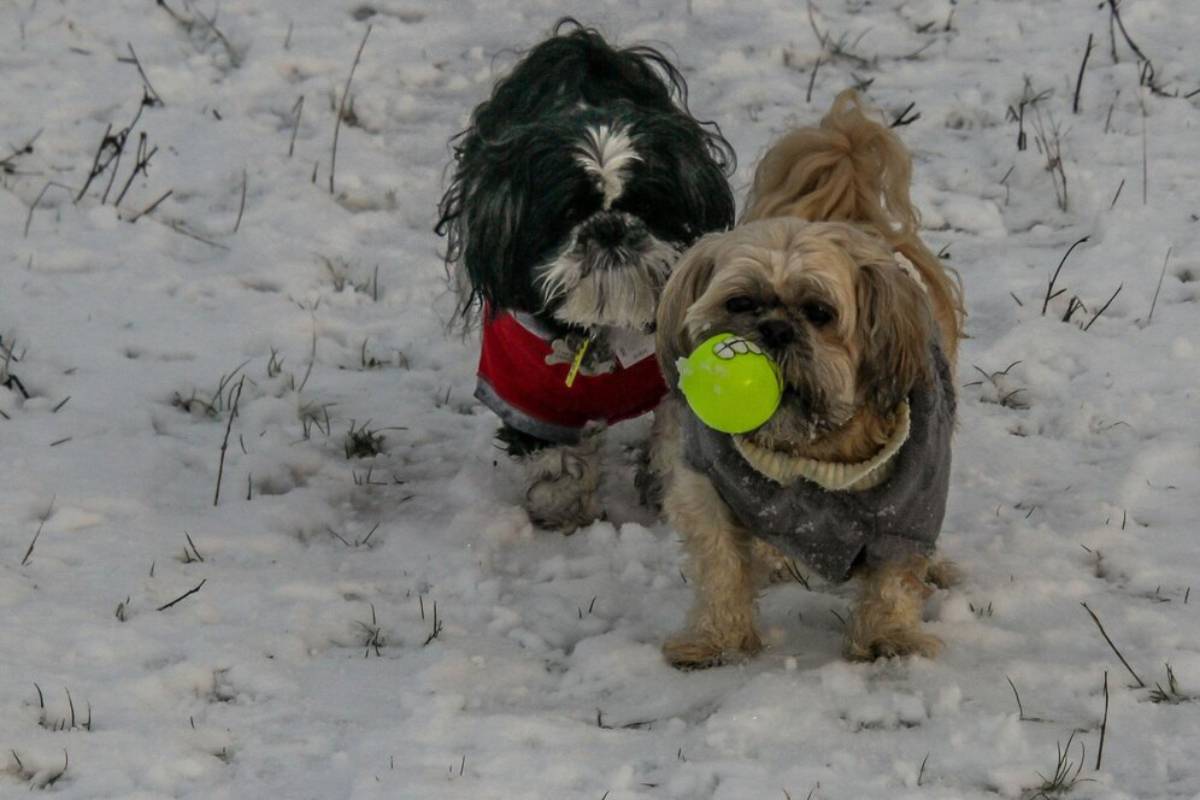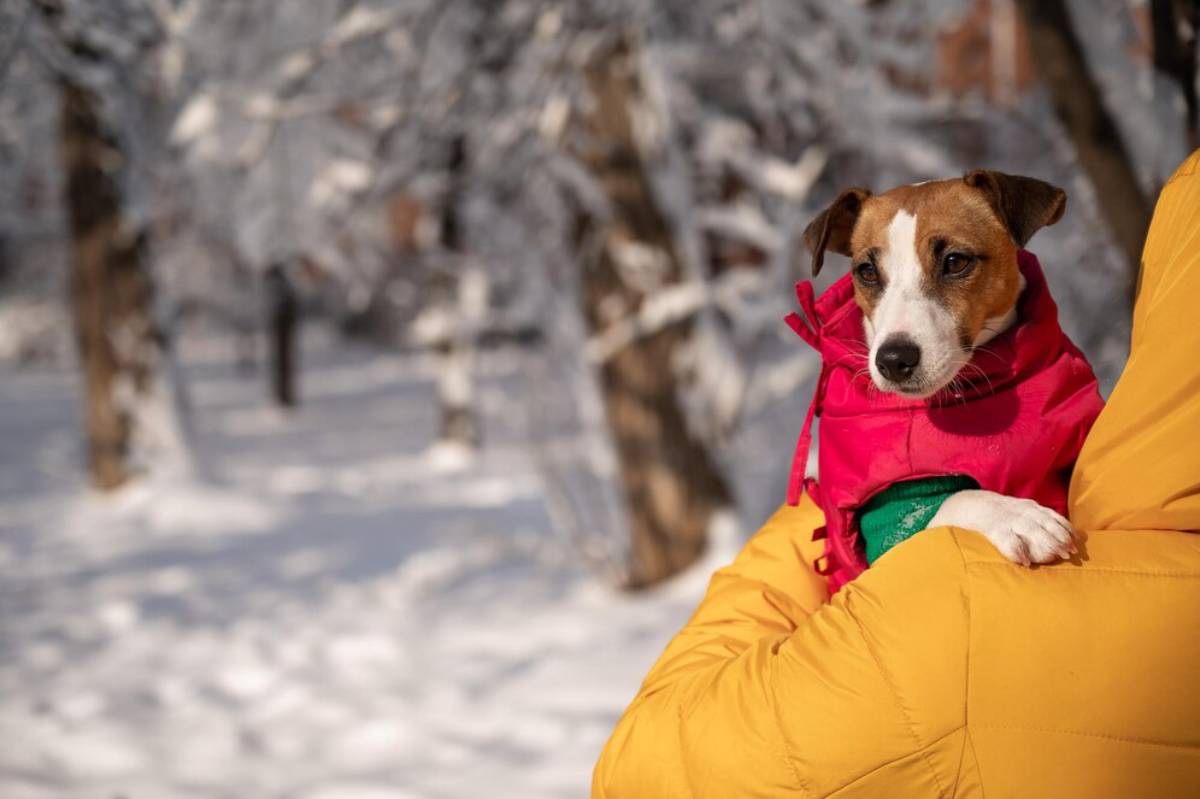
Winter Care: Ensuring Your Pet Stays Warm and Healthy
As temperatures drop and frosty mornings become the norm, it’s time to adjust our routines—not just for ourselves, but for our furry companions too. Winter can pose unique challenges for animals, even those with thick coats. Whether it’s freezing winds, icy pavements, or damp indoor environments, the season demands extra attention to winter pet care.
From breed-specific vulnerabilities to the dangers of snow, understanding how to support your pet during winter ensures their safety, comfort, and wellbeing. In this guide, we’ll cover everything from cold weather pet safety and grooming advice to daily habits that support overall pet winter health.
Why Winter Care Matters for Pets
Not All Pets Are Naturally Equipped for Cold
Many owners assume that pets, especially dogs and cats, are naturally resistant to the cold. But that’s not always the case.
- Short-haired breeds, like Greyhounds or Chihuahuas, are particularly vulnerable.
- Senior pets, young puppies or kittens, and animals with chronic health conditions have weaker immune systems.
- Small animals like rabbits and guinea pigs require special indoor housing during cold snaps.
Just like humans, pets can suffer from hypothermia, frostbite, and joint stiffness if exposed to low temperatures for too long.
Indoor vs Outdoor Risks
While outdoor exposure is more obvious, indoor conditions also require attention. Dry heating, limited ventilation, and reduced activity can all affect pet winter health. Recognising and addressing both environments is crucial.
Cold Weather Pet Safety: Outdoor Tips
1. Limit Outdoor Exposure
While fresh air and exercise are important, keep winter walks short and sweet—especially during severe weather.
- Take shorter, more frequent walks during daylight hours.
- Monitor your pet for signs of discomfort (shivering, lifting paws, reluctance to walk).
- Avoid wet or icy paths where they can slip or injure joints.
Pro tip: If it’s too cold for you, it’s probably too cold for your pet.

2. Invest in Protective Gear
Some pets benefit greatly from extra layers during winter:
- Dog coats or jumpers: Ideal for short-haired, elderly, or small dogs.
- Paw protection: Use dog booties to prevent ice burns or irritation from salt and grit.
- Reflective accessories: Winter days are shorter, so use reflective leads or vests during low-light walks.
3. Wipe Down After Walks
De-icing salts and antifreeze chemicals can be toxic. After outdoor walks:
- Wipe your pet’s paws and belly with a damp cloth.
- Check between toes for packed snow, ice, or cuts.
- Dry them thoroughly to avoid skin irritation or chills.
Keeping Pets Warm and Comfortable Indoors
1. Create a Cosy Sleeping Area
- Move beds away from draughty windows and doors.
- Use warm bedding—blankets, pet-safe heating pads, or insulated beds.
- For cats, consider igloo beds or elevated perches away from cold floors.
2. Maintain a Comfortable Room Temperature
Avoid placing pets too close to direct heaters or fireplaces, as they can overheat or burn. Instead:
- Maintain a stable temperature indoors (ideally 18–21°C).
- Use humidifiers if the air becomes too dry from heating.
- Monitor elderly pets for signs of joint stiffness or difficulty moving.
3. Ensure Access to Fresh Water and Food
Cold weather increases calorie needs in some pets, especially those more active or with thinner coats.
- Ensure water bowls don’t freeze if kept in cold areas.
- Monitor for signs of dehydration, which is still a concern in winter.
- Talk to your veterinarian about adjusting food portions if needed.
Grooming and Health Maintenance in Winter
1. Keep Fur Clean and Dry
Damp fur from snow or rain can lead to chills or skin issues.
- Towel dry after wet walks
- Brush regularly to remove dirt, dead hair, and prevent matting
- Avoid over-bathing, which can strip natural oils—stick to essential baths only
2. Protect Paw Pads
Winter walks can crack or dry out paw pads. Prevention tips:
- Apply paw balm or petroleum jelly before and after walks
- Trim long fur around paw pads to reduce snow-clumping
- Avoid walking on salted paths, or rinse paws immediately afterward
3. Watch for Arthritis and Mobility Issues
Cold weather can stiffen joints, especially in older pets.
- Use orthopaedic or heated beds for comfort
- Provide gentle indoor exercise to keep muscles warm
- Talk to your vet about supplements like glucosamine or omega-3s
Enrichment Activities for Winter Days
Reduced outdoor time in winter can lead to boredom or restlessness. Keep your pet mentally and physically stimulated indoors with these ideas:

For Dogs:
- Interactive toys like puzzle feeders or treat-dispensing balls
- Training sessions to reinforce commands or teach new tricks
- Scent games: hide treats around the house to encourage sniffing and searching
For Cats:
- Window perches for bird-watching
- Climbing trees or tunnels to encourage movement
- Laser pointers or feather wands for active play
For Small Pets:
- Provide plenty of hay for burrowing and foraging
- Use cardboard tubes, boxes, or tunnels to stimulate natural behaviours
- Offer safe chew toys to prevent boredom and promote dental health
Enrichment prevents seasonal depression in pets and strengthens your bond, even on the chilliest days.

Warmth, Wellness, and Winter Ready
Winter pet care is about more than just a jumper or an extra blanket—it’s about understanding how your pet’s environment, health, and behaviour change with the season. With the right mix of vigilance and preparation, you can ensure that your companion stays safe, comfortable, and thriving.
Whether it’s preventing frostbite, keeping water bowls ice-free, or managing joint pain in colder months, every action you take contributes to cold weather pet safety and long-term pet winter health.
Take action today: Check your pet’s sleeping spot, inspect their paws after your next walk, and add a few indoor activities to keep their spirits high. Winter may be frosty, but your pet’s well-being can stay warm and bright all season long.


